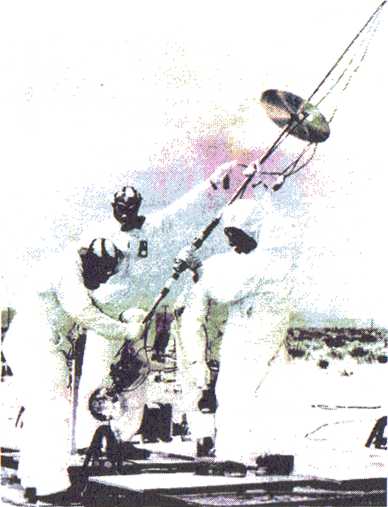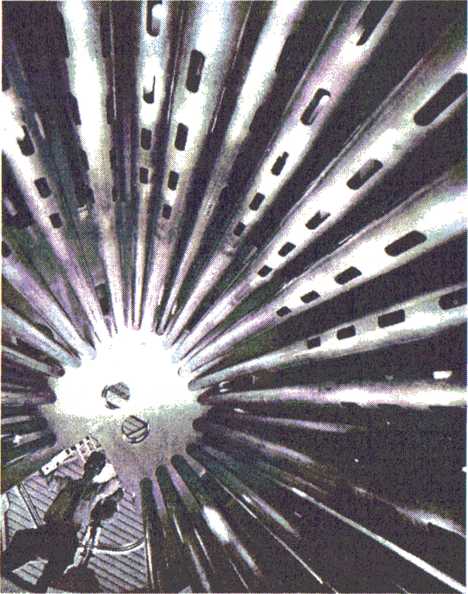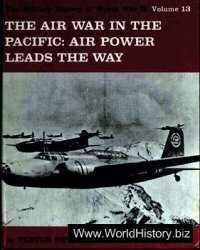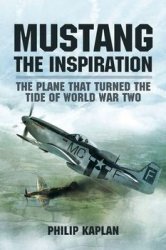Oligarchs and civifians alike now came to grips with the facts. Nuclear weapons were not simple devices capable of insuring world peace. They were weapons soaked in a consciousness of fear. Those who held them as tools of threat held only their own destruction. The weapons themselves were anomalies, things that should not exist. The Bomb was no blessing. Oligarchs came to appreciate the implication of total devastation. Not just the blast, but the after-math; the hideous dust-fiUed aftermath where food could not be eaten for fear of the poison it contained. Oligarchs dreaded the thought of such an hideous Armageddon. Nuclear weapons would be the very last tool of a future conflict.
No one could turn the clock back. No one can. Power cannot, superior command cannot. Were it possible to turn the clock, the effort would have focussed on the microsecond before the triggering mechanism snapped into placed over Alamogordo, thtit instant when Dr. Oppenheimer spoke the verses of horror at what had been achieved. Nothing would ever be the same again, a world where the Golem had been unleashed. Faceless, vague, lumbering in the streets, the avenger. The nuclear prize had literally turned in radioactive ash in the hands of those whose pride it once filled. The surprise was complete, and terrifying. The dust, the ash, became the very symbol of this fear. No long concerned only about nuclear fire. In the end, the fear of fire acquired a companion. Fear of the dust. To breath it brought death.
But there were other complexities now. Others in the equation. Enemies. Enemies with nuclear horrors in their hands. Perhaps these enemies would not appreciate the true nature of what they had stolen and made. Perhaps they did not comprehend the terrifying aftermaths of Hiroshima, of Nagasaki. Of dust, of poison in their children’s milk. Perhaps they did not cling so much to life as to refi-ain from using their nuclear stores in a vengeful madness. The world had become convoluted. It turned in on itself now. Here was a weapon which threatened terror, but which could never be used. And worse, it could not be returned to its source. The manifestation which had embodied itself in this terror weapon was a message for those who resist the deep.
The reversal in thought was striking. How to prevent one’s enemy fi-om using the Bomb which one used to threaten that enemy? Clarity was gone. Ambiguity was the gameboard. Sanity was gone. OiJy intensely convoluted thought, its twisting plots, and its distorted vision remained. Amid the surreal developments, one now had to somehow undo that which was done; a task too unwieldy for human beings to engage without serious personal and social risks. Now there had to be a way to stop the proliferation of nuclear weapons. To place a fi-eeze on nuclear fire and its poison dust. Until these weapons could be replaced by another, there would be only the tensions of a world on the brink of doom. To live in such an atmosphere of fear, of terror, of threat provoked social revolutions on such a vast scale that the world has been changed and demoralized. The diplomatic games necessary would provoke panic and anxiety until the task of undoing the nuclear knot was accomplished.
The steps toward achieving these objectives therefore took a turn toward madness, and for a time it seemed as though the world had been turned over to madmen in uniforms. Indeed, it had been. Before other nations developed nuclear arsenads of their own, neither mihtary nor military engineers never considered the need for developing nuclear countermeasures. The Bomb was thought to be the only weapon of importance. But now the tables were reversed. The avowed enemy had this Bomb. The balance was finstrating. What could be done to suitably impress the Soviet Union, whose successive nuclear detonations were being monitored throughout the seismographic stations of a worldwide surveillance cooperative? In what must remain, perhaps the most singularly aristocratic solution to the problem, a command directive was given to develop a “bigger Bomb”, one which the Soviets supposedly could never steal. The opinion of them was that these thieves of the Atomic Bomb were barely able to thresh their own wheat on time, let alone develop a thermo-nucletir weapon. A bigger Bomb might shake the pride of that nation down. Complete idiocy, the conclusions of those who never walked on city streets.
Based on theoretical work completed by Hans Bethe, who proposed that greater energy could be derived from the fusion of lighter nuclei than the fission of heavy ones, a new nuclear weapon was quickly transformed fi-om contemplation to design. The working model for the new Hydrogen Bomb was developed by Edward Teller, who used a small yield plutonium bomb as the trigger for a fixed volume deuterium reaction. This project was referred to as the GREENHOUSE experiment. The first such thermonuclecu - weapon, was demonstrated in the Pacific in 1951, a public spectacle of purposeful intent The Soviets, who measured the blast on a hundred different meters across their vast territory, were now greatly concerned over this weapon; whose yield per weapon, according to the claims, was apparently unlimited. Lifting fi-om the horizon as a veritable dome of sun-like brilliance, replete with incandescent amoeba-like plasmoids, the Hydrogen Bomb became a new and true terror to other nations. Madness. Surrealism. And then the Soviets developed their own version and shocked those weak minded aristocrats who hoped to so shock them.
The fear, the cold fear of nuclear fire. Now there would be only a careful bureaucratic withdrawal of boldness, of pride, of public demonstrations of force. Now there would be UN test ban treaties, UN restrictions, UN inspections. The international forum would be the stage where the best and the worst of diplomatic assertions would be viewed by the world. The poised Adlai Stevenson, reading from prepared notes. The raucous Nikita Khrushchev, pounding tables with his shoes. The contemplative and tragic Dag Hammerskjold. The world held its breath and prayed that every meeting would bring about the erasure of the nuclear terror. But it would not disappear. It was a reminder of doom, one whose spectre hung over the head with every breath. One awoke each morning with the fear of it. The poison had to be daily buried by its priests.
National policy on the international scene ridiculed reason. While protesting those additional nations who sought the development of their own nuclear arsenals, military built up an arsenal which defied logic. More bombs, bigger bombs, silos. Trident missiles, SAC headquarters, a proliferation on the one side of the mouth, while demanding peace fi-om the other. Indeed, handfing radioactive materials had become as routine as making automobiles. The bombs came in different polished colors. Polished and sleek, like cars coming off the assembly line. Some yellow, others red, yet others black. The mass production techniques were exactly the same, adaptations of industry to nuclear war. Whether or not they recognized it, the working class had been tied to the task

Of working for a nuclear factory. A nuclear war had indeed already occurred in the mind of the world at large. In the future, the social stresses would prove too much to bear.
The society began to fracture and liquefy. Out from this amalgam of de-spciir and fear came mutations on a grand social scale. Nuclear stimulated mutations. The White House was draped in black. The music grew loud, the hair fell long, the clothes of the peaceful resistance were surplus mihtary, and the winters were white. All the while, the military laboratories built up an arsenal which was measured in terms of how mciny times over the world could be destroyed. The Soviets did the same. Now the world could be destroyed so many times over, times two. Adding up the combined nuclear arsenals of the other members in the “Nuclear Club”, it might have become times three. So, the world powers knew that the whole global expense could be blasted beyond memory...a himdred times...times three.
The intellectual factions in society observed this ineffectual and idiotic thought mold, recognizing the aristocratic hand in all the nuclear proliferations. That dispassionate and shallow inability to create anything original, or to solve any problem in a new way, was showing through all the teleprompted media readers who droned on and on. The nuclear circus was a show which the intellectual turned off. When the youth severed their relationship with the national program, the police were called out But when the working class elders severed their relationship and participation in the bureaucratic dictates, the oligarchy was taken aback. Here was a revolution which swept the entire pyramidal base, shaking the power at its point to and fro. Deep in the center of all these pyramidal happenings, military branches each came to grips with the fact that nuclear weapoiuy, in its then present form, could never be used in war scenarios. To do so would spell the ruin of all futures. No one would stop making the weapons, but recognized that they could not be used. Methodically stockpiled on the one side, mihtary strove to develop the antidote on the other. Nuclear induced madness. Humankind seemed lost in a labyrinth of uranium, a maze from which there seemed no escape.





 World History
World History









